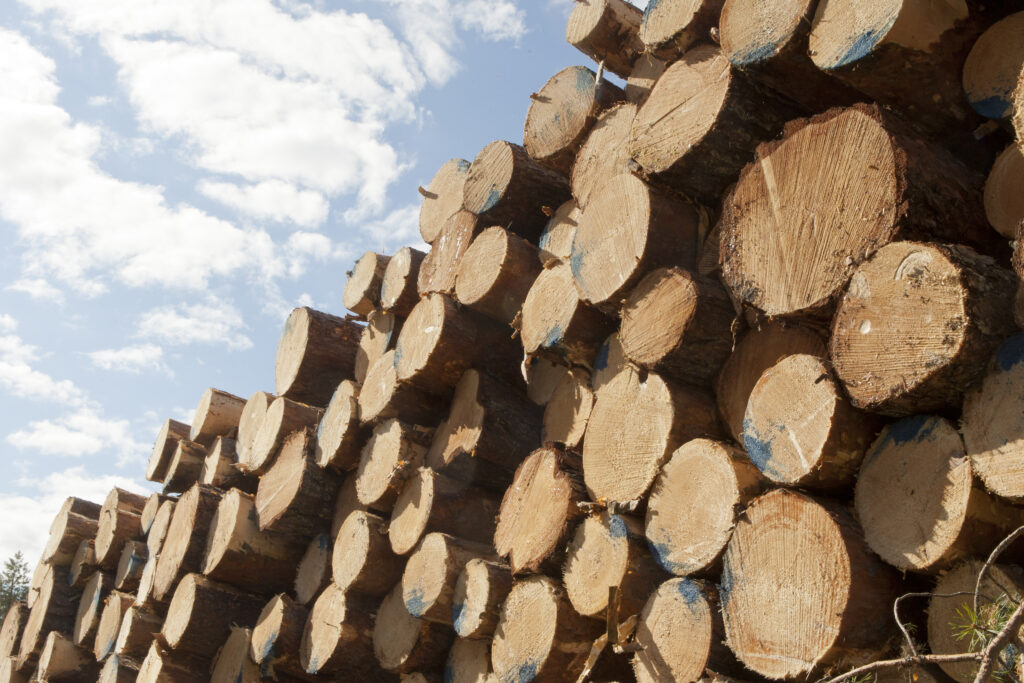Certification of timber chain of custody expanding in Finland – increasing number of small enterprises ensure use of sustainable wood

Group certification can be used to show the origin of wood, making the chain-of-custody certification easier for small companies. The PEFC chain-of-custody group certification covers 19 companies in Finland. The FSC is also taking a corresponding system into use.
The most recent PEFC group certificate for the chain of custody of wood was issued for Meto Metsäalan yrittäjät, which is an association promoting the interests of small forestry enterprises. The association chairman Tuomo Turunen says it was the members of the association who expressed the wish to set up a certification group.
The membership of the Meto Metsäalan yrittäjät association consists of small companies providing services for forestry activities, seedling production, harvesting and recreation, for example. Applying for an individual chain-of-custody certificate would be too expensive and complicated for these companies, some of which are one-person operations.
Another group for a PEFC chain-of-custody certification in Finland has been set up by the Sahayrittäjät association, consisting of small sawing and planing mills.
The purpose of forest certification is to inform the consumer that the wood material used in a product originates in sustainably managed forests. The certification of the chain of custody is a method of showing that the production chain produces only the amount of certified products that is possible when using the amount of certified raw material entering the chain.
The market demand for certification may come from the companies selling wood-based products. However, for the small companies the demand is often expressed by bigger ones that are customers of the small companies.
Almost all large and medium-sized forest industry companies in Finland have certified the chain of custody of the wood they use. These companies are only able to safeguard their production chains if all companies in the chain have the corresponding certificate.
Group certification was invented in Central Europe
The chain-of-custody group certificate for small companies was developed in Central Europe in the early 2000s. The reason is likely to have been the great number of very small mechanical forest industry companies operating there. PEFC Finland began to use the group certificate some five years ago.
According to a report by the Finnish research, development and training institute TTS, there are typically tens, even hundreds of members in a Central European wood chain-of-custody certification group. The companies are smaller than in Finland and there are many more of them. In Finland, there are only eight members in the group established by Meto Metsäalan yrittäjät, and eleven in the Sahayrittäjät group.
The options of the small companies are expanding, as the FSC is also in the process of defining its chain-of-custody group certification model. In the basic FSC model, the participating companies may employ no more than 15 full-time employees and their turnover may not be higher than USD one million, or around EUR 900,000.
In Finland, however, the highest turnover allowed is USD three million. There are 5–6 companies planning to join the first FSC group.
The PEFC chain-of-custody group certification is open for companies with a maximum of 50 full-time employees and a maximum turnover of nine million Swiss francs, which equals about seven million euros.
Spot checks in group companies
Each member company must comply with the requirements of the group certification. The certificate is owned by the group, and it has the responsibility to train the member companies to meet the requirements.
An auditing company ensures that the group complies with the certificate. In the PEFC system, the independence of the auditor is monitored by public authorities. The auditor audits the activities of the group annually and carries out spot checks at the companies.
In the PEFC system, if a a group has eight members, typically three companies will be spot-checked each year. Both record-keeping and physical inventories will be checked.
So far, the auditing in the PEFC certification does not include a comparison of the records of a member company with that of their customers or suppliers, while in the FSC certification this is possible.
According to Olli Eeronheimo, Product Manager at the Kiwa Inspecta auditing company, the most important thing in the chain-of-custody group certification is that the company is familiar with the requirements of the certification and makes sure that they are complied with. They need to evaluate and minimize the risk of non-certified timber appearing as certified in the production chain.
Forest certification in forest.fi
Kirjoita kommentti